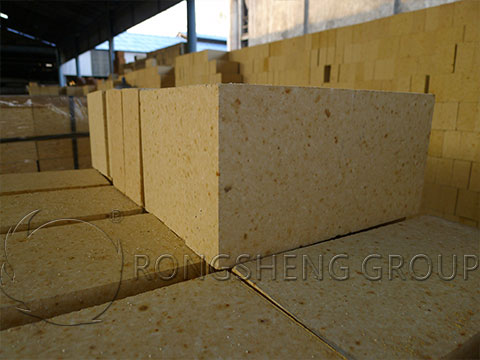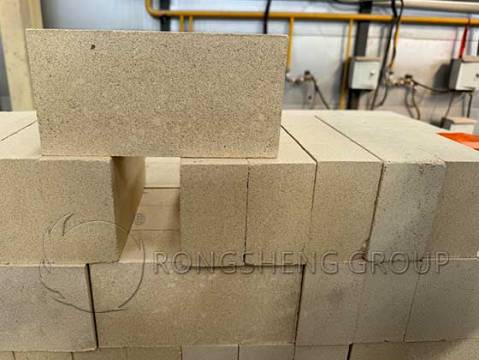As a large-scale high-temperature industrial equipment, steel coking furnaces have to carry melting furnace temperatures up to a thousand degrees, so it is very necessary to use necessary furnace body refractory and heat-insulating protection materials. For steel coking furnaces, many manufacturers choose high-alumina bricks as raw materials for construction and maintenance.

High Alumina Bricks for Steel Coking Ovens
High alumina bricks include lightweight high alumina bricks and dense high alumina bricks. So which one should be used in a steel coking furnace?
In fact, in steel coke ovens and other industrial kilns, light and dense high alumina bricks are mostly used in combination. Because they have different characteristics and functions, using only one of them cannot fully meet the refractory insulation effect required by the kiln. Therefore, large manufacturers purchase these two materials for construction.
The main feature of lightweight high-alumina bricks is thermal insulation, which can be used as the outer layer close to the furnace wall. This can not only ensure the effective utilization of the heat energy of the equipment but also prevent deflagration caused by high heat conduction. Dense high-alumina bricks are used in the furnace in contact with the flame. This refractory material is pressed and calcined at a high temperature of 1775°C. It has strong heat resistance, high-temperature resistance, and corrosion resistance. It will not deform or fall off under high heat conditions for a long time.
Lightweight high-alumina bricks and dense-weight high-alumina bricks each have their own strengths and weaknesses. The two are laid according to the different positions and required functions of the kiln so that the service life of the equipment can be extended and the safety production level can be improved.

What is the Difference between Refractory Bricks and Insulating Bricks?
Refractory bricks and insulation bricks are both building materials products. However, there are some differences in the main application fields and uses. Many users often compare the two when choosing products. Below we will learn about their differences through different aspects.
- Insulation performance.
The thermal conductivity of insulation bricks is generally 0.2-0.4w/m·k (average temperature 350±25℃). The thermal conductivity of refractory bricks is above 1.0w/m·k (average temperature 350±25℃). It can be concluded that the thermal insulation performance of lightweight insulation bricks is better.
- Refractory resistance.
The fire resistance of insulation bricks is generally below 1400 degrees. The refractory degree of dense refractory bricks is above 1400 degrees.
- Density.
Insulation bricks are generally lightweight insulation materials with a density between 0.8-1.0g/cm3. The density of dense refractory bricks is basically above 2.0g/cm3.
To purchase high-quality high alumina brick products, please contact us. Our products are of reliable quality and our customer service is guaranteed. Get free samples and solutions.